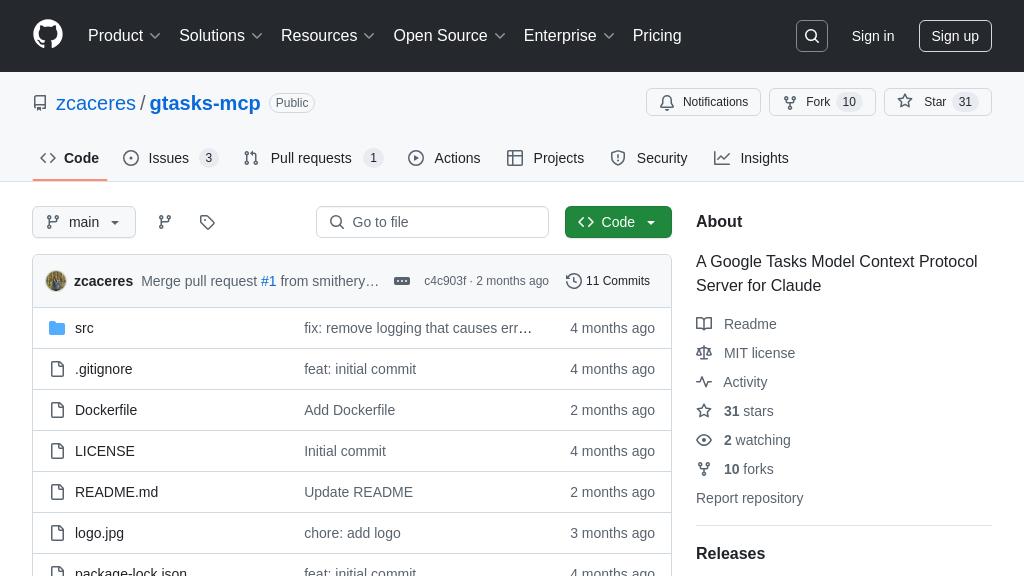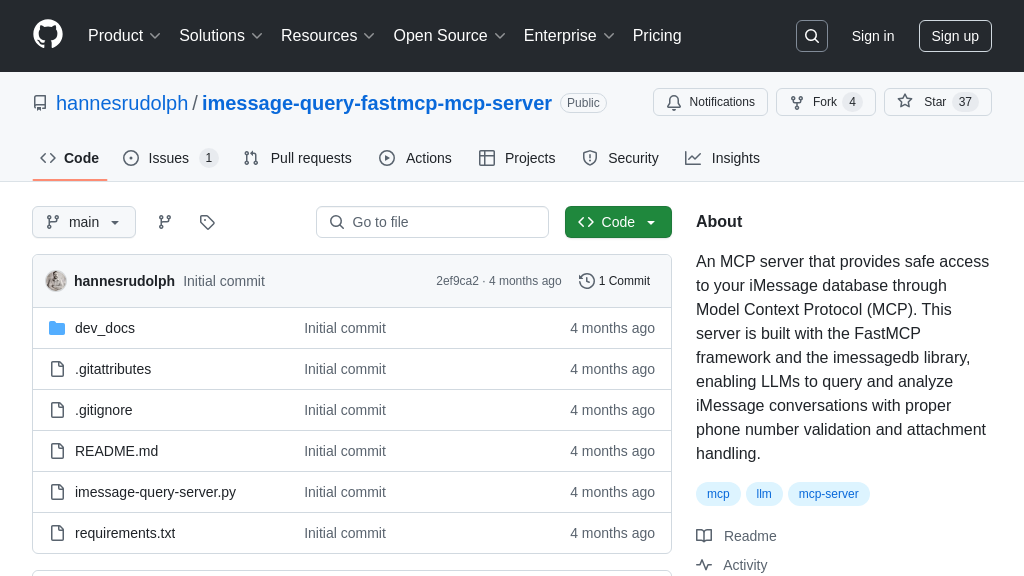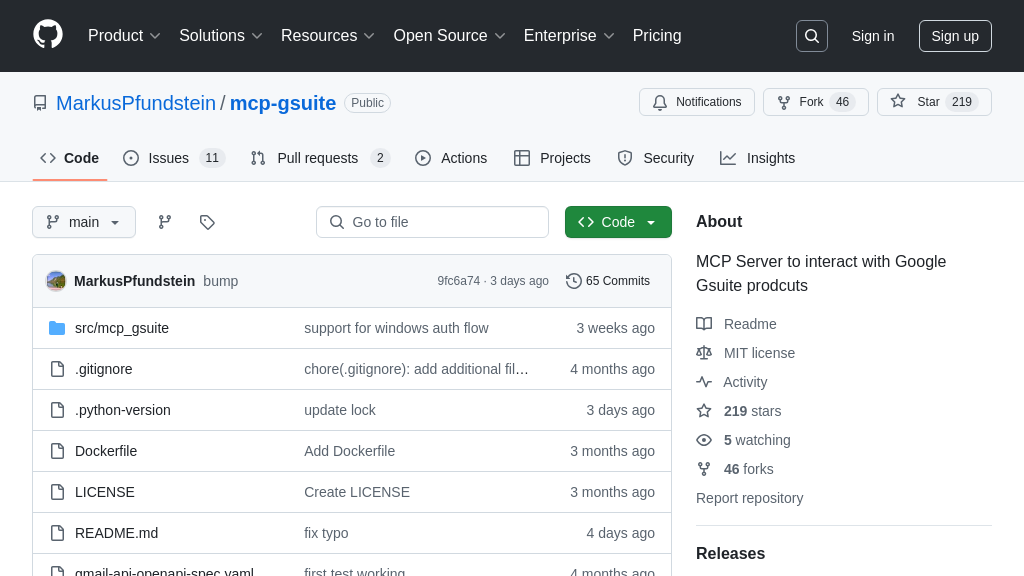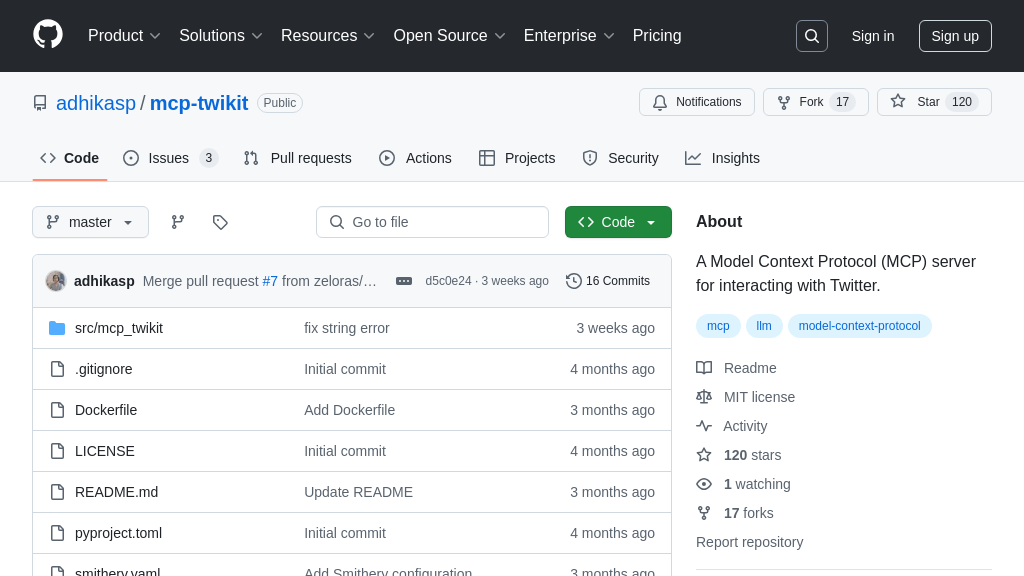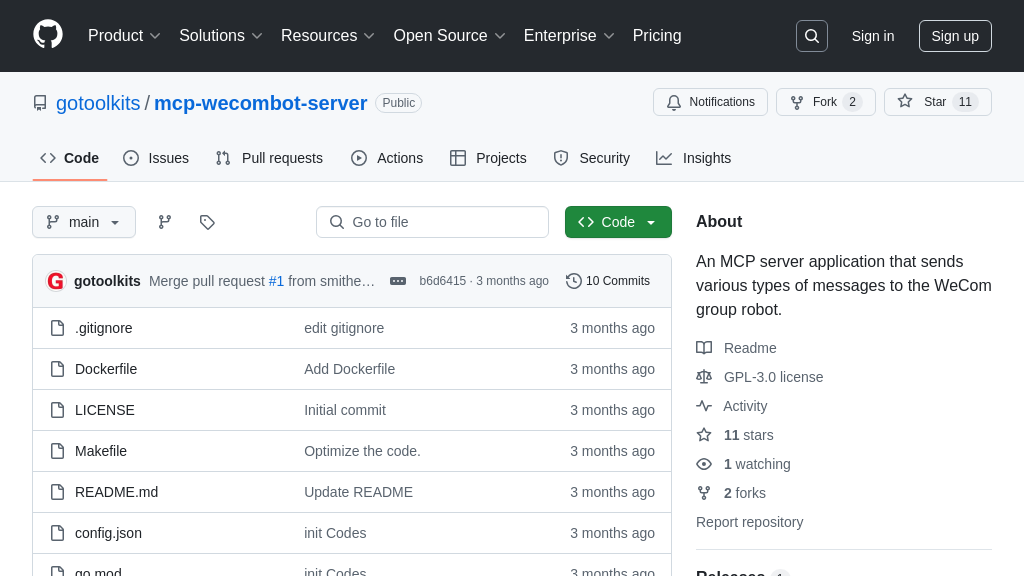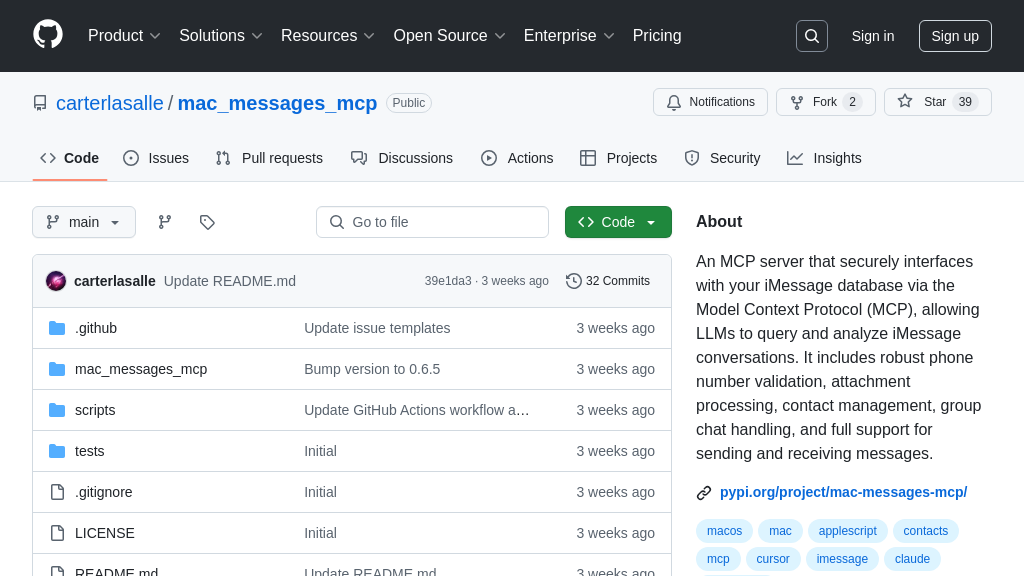server-slack
The server-slack is an MCP server enabling AI models to interact with Slack, managing channels, messages, and user info.

server-slack Solution Overview
The server-slack is an MCP server designed to seamlessly integrate AI models with Slack workspaces, enabling intelligent automation and communication. It provides a suite of tools for common Slack actions, including listing channels, posting messages, replying to threads, adding reactions, and retrieving channel history and user information. This allows AI models to interact with Slack in a natural and context-aware manner.
By using server-slack, developers can empower their AI models to proactively participate in conversations, gather information from Slack channels, and automate tasks such as sending notifications or triggering workflows. The server utilizes the Slack API and can be easily set up using either npx or Docker, requiring only a Slack bot token and workspace ID. This unlocks powerful capabilities for AI-driven collaboration and workflow automation within Slack.
server-slack Key Capabilities
Message Posting Automation
The server-slack MCP server empowers AI models like Claude to seamlessly post messages to Slack channels. This functionality is achieved through the slack_post_message tool, which requires the channel_id and text as input. The AI model can dynamically generate the message content based on user requests, data analysis, or predefined workflows. This enables automated notifications, report generation, and proactive communication within Slack workspaces. For example, an AI model could be configured to post daily sales reports to a specific channel, keeping the team informed without manual intervention. The server confirms successful posting by returning a confirmation and timestamp, allowing the AI to track its actions. This tool leverages the Slack API's chat.postMessage method, ensuring reliable message delivery.
Threaded Conversation Management
The slack_reply_to_thread tool allows AI models to participate in existing Slack conversations by replying to specific message threads. This is crucial for maintaining context and avoiding channel clutter. The tool requires the channel_id, thread_ts (timestamp of the parent message), and the text of the reply. An AI assistant could use this to answer questions within a thread, provide updates on a specific topic, or summarize the discussion for new participants. For instance, if a user asks a question in a thread about a project, the AI can use its knowledge base to provide a relevant and helpful response directly within that thread. The server confirms the reply with a confirmation and timestamp. This functionality utilizes the chat.postMessage method with the thread_ts parameter in the Slack API.
Real-time Information Retrieval
The server-slack provides tools for AI models to retrieve real-time information from Slack channels and user profiles. The slack_get_channel_history tool allows the AI to access recent messages from a specified channel, enabling it to analyze trends, identify key topics, or answer questions based on past conversations. The slack_get_user_profile tool allows the AI to retrieve detailed profile information for a specific user, enabling personalized interactions and targeted assistance. For example, an AI-powered customer support bot could use channel history to understand the context of a customer's issue and user profile information to personalize its response. These tools use the conversations.history and users.info methods from the Slack API, respectively.
Reaction-Based Workflow Triggering
The slack_add_reaction tool enables AI models to add emoji reactions to Slack messages. While seemingly simple, this feature can be used to trigger automated workflows or gather feedback. The tool requires the channel_id, timestamp of the message, and the reaction (emoji name without colons). For example, an AI could add a "thumbs up" reaction to a message confirming task completion, or a "question mark" reaction to a message it doesn't understand. These reactions can then be monitored by other systems to initiate further actions. This provides a lightweight and intuitive way for AI models to interact with users and systems within Slack. The tool uses the reactions.add method from the Slack API.
User and Channel Discovery
The slack_list_channels and slack_get_users tools provide essential discovery capabilities for AI models interacting with Slack. slack_list_channels allows the AI to identify available public channels within a workspace, enabling it to target specific audiences or gather information from relevant sources. slack_get_users provides a list of workspace users with basic profile information, allowing the AI to personalize interactions or identify subject matter experts. For example, an AI tasked with routing support requests could use these tools to identify the appropriate channel and user to assign the request to. These tools use the conversations.list and users.list methods from the Slack API, respectively, and support pagination for handling large workspaces.
